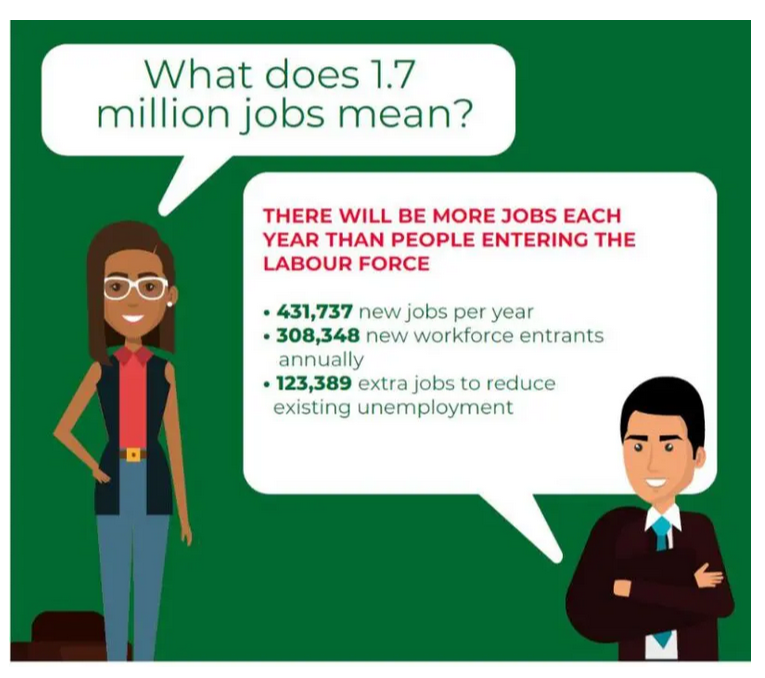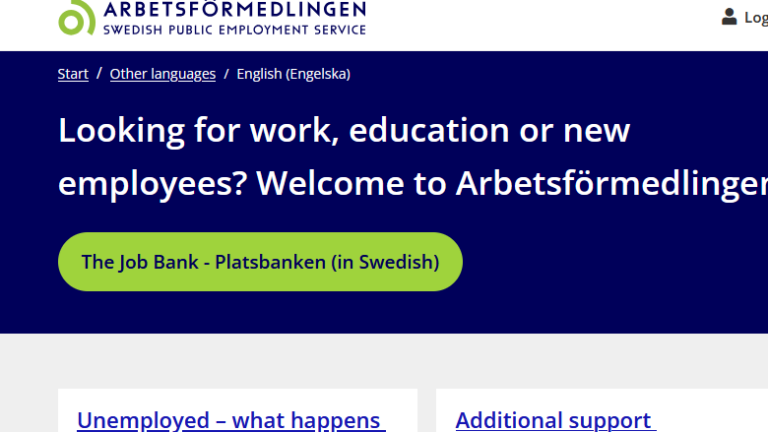We prefer interest-free loans on housing scheme — NAGRAT The National Association of Graduate Teachers (NAGRAT), says...
GESI360CLASSROOM
Djangmah Peter Nubuor, I bring you Relevant Updates on All my Channels. I want you to stay Updated and Connected. You can follow me Directly on Facebook and on My WhatsApp Channel
Car wash attendant Jobs Canada Job Banks with Salary We are here to ecplore various category of...
EC to re-exhibit Provisional Voter’s Register online – Short Code The Electoral Commission (EC) will re-exhibit the...
The National Democratic Congress on Monday, October 14, 2024, announced what it calls a comprehensive employment and...
How to Apply for a WES Transcript Evaluation in 3 Easy Steps If you’re seeking a WES...
Ghana Association of University Administrators says negotiations have broken down with gov’t The Ghana Association of Universities...
10 Free Online Courses You need to Take University of Cambridge 1 Learning and memory in the...
How to Get Visa Sponsorship Jobs in Europe: Sweden’s Government Websites If you’re looking to secure a...
China invents Battery That Can Last 50 Years Without Charging your Phone The battery offers 50 years...
The Aburi Girls Senior High School (SHS) in the Eastern Region is grieving the unexpected death of...














